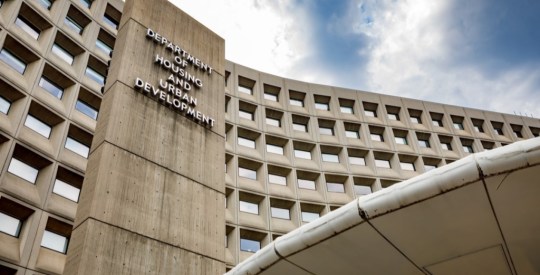The new risk-retention rule will produce higher quality originations, as intended, but will also constrict lending and further depress the housing market, according to Standard & Poor’s. The research firm released a report Friday analyzing the effects of the risk-retention rule and its accompanying exemption standard, the qualified residential mortgage. Federal agencies are proposing banks keep “skin in the game” — retaining 5% of the risk for all loans that don’t qualify as a QRM. A qualified residential mortgage is one with a maximum 80% loan to value, on a property that is owner-occupied and has a 30-year amortization period with full documentation. A borrower must have a track record clear of 60-day delinquencies. This excludes interest-only loans and loans with premium penalties. Lawmakers recently voted in favor of a 20% down payment in addition to the tighter underwriting standards. “We believe these proposed underwriting standards will likely reduce the amount of available residential mortgages and push back the recovery of the nonagency RMBS market,” said Erkan Erturk, research analyst with S&P. “Fewer borrowers will meet these underwriting standards, which will reduce demand for housing and depress home prices even further.” Erturk has little doubt, however, that the proposed underwriting guidelines will improve future credit performance of loans that are securitized and will have a positive impact in the long-term. About 20% of current mortgages meet the QRM standard. JPMorgan Securities said in recent commentary that less than 20% of all GSE loans originated since 2001 would be exempted from risk retention, although loans backed by Fannie Mae and Freddie Mac may be exempt from the rule. Regulators debated the rules surrounding risk retention Thursday and are considering lowering the down payment requirement to 10%. “I disagree that all residential mortgage loans will have to fall under the QRM. Risk retention is not meant to stop securitization. It’s meant to make it more responsible,” said Rep. Barney Frank (D-Mass.). “But there are arguments that 20% is too high of a number, and I’m willing to work with others on that.” The QRM proposal is up for comment until June 10. Write to Christine Ricciardi. Follow her on Twitter @HWnewbieCR.
Risk retention will produce higher quality mortgages, depress housing: S&P
Most Popular Articles
Latest Articles
New HUD rule aims to increase lender participation in tribal housing program
HUD says the new rule is designed to increase and streamline Native American borrowers’ access to homeownership.



